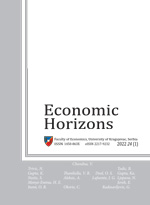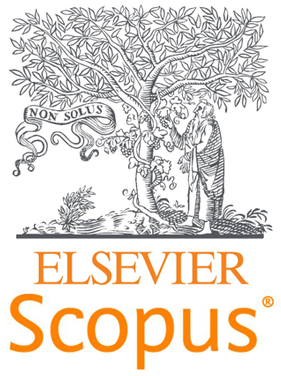THE USE OF INFORMATION AND COMMUNICATION TECHNOLOGIES BY ENTERPRISES IN THE EUROPEAN UNION MEMBER COUNTRIES
Aleksandra Zecevic1, Jelena Radovic Stojanovic2 and Aleksandar Cudan2
1Faculty of Economics, University of Belgrade, Belgrade, The Republic of Serbia
2The Academy of Criminalistic and Police Studies, Department of Criminalistics, Belgrade
The paper analyzes the use of information and communication technologies (ICT) in enterprises in the European Union member states. The objectives of the analysis were to examine the level reached in the application of ICT in European enterprises and explore the differences in ICT usage that exist between the EU member states. The analysis is based on the Eurostat data on ICT usage in enterprises in the European Union countries (EU-28) for the years 2018 and 2017. The following indicators of ICT usage were analyzed: fixed broadband access, the speed of the internet connections, the presence of the Internet (enterprises having a website), the use of social media, the use of cloud computing services, e-commerce indicators (the share of the enterprises making e-sales and the share of e-commerce in the total turnover) and the indicators of e-business integration - the share of the enterprises using enterprise resource planning (ERP), customer relationship management (CRM) and the supply chain management (SCM) software applications. A comparative analysis of the EU countries by the value of these indicators was carried out. The main focus in the analysis was to identify the factors that influence the difference in the value of the ICT indicators between the countries. The analysis has shown that the regional position, the geographic characteristics, the size of the country and the level of its economic development are the factors that influence these differences.
Keywords: information and communication technology, e-commerce, e-business integration indicators, enterprises, European Union
JEL Classification: O330, L86




